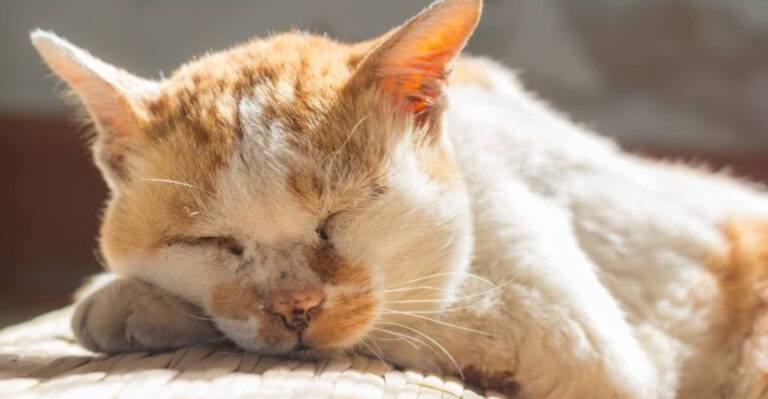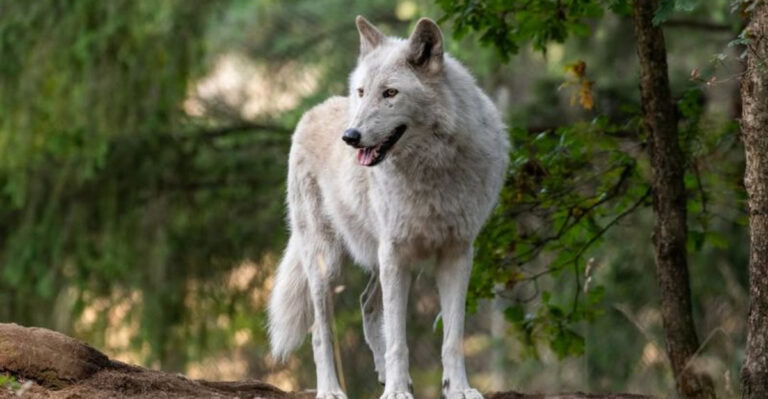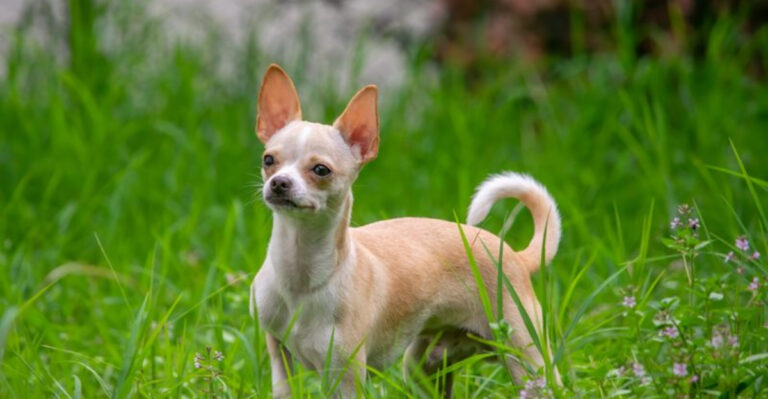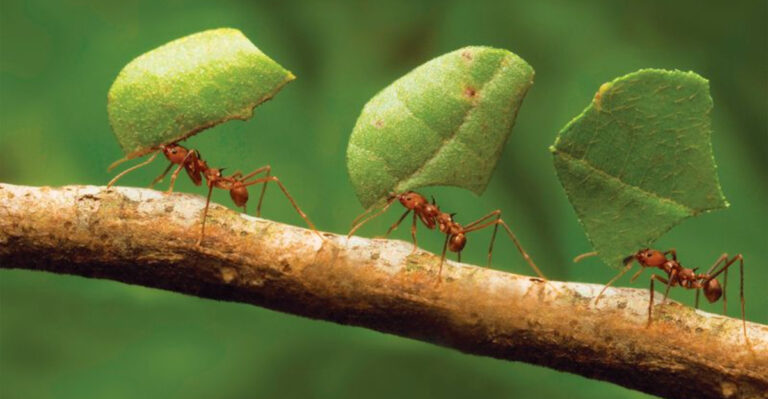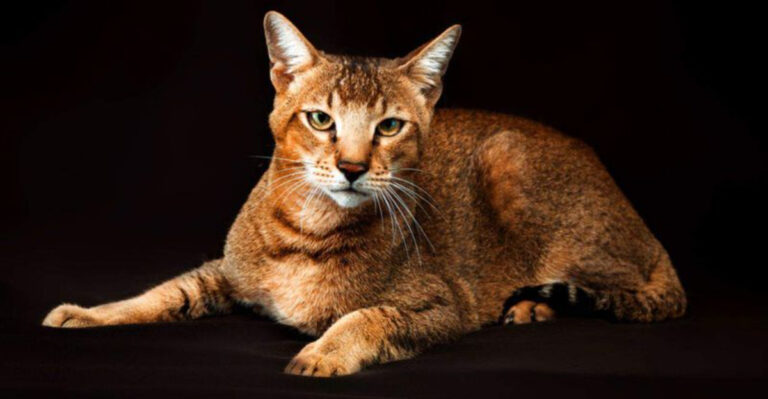14 Tiny Mammals That Only Need A 10-Gallon Tank

Looking for a pint-sized furry friend but short on space? Not everyone has room for a dog or cat, but that doesn’t mean you can’t enjoy the companionship of a mammal.
These miniature marvels can thrive in a modest 10-gallon tank setup, bringing big joy in small packages while fitting perfectly into apartments, dorms, or children’s bedrooms.
1. African Pygmy Mice: Thumb-Sized Wonders
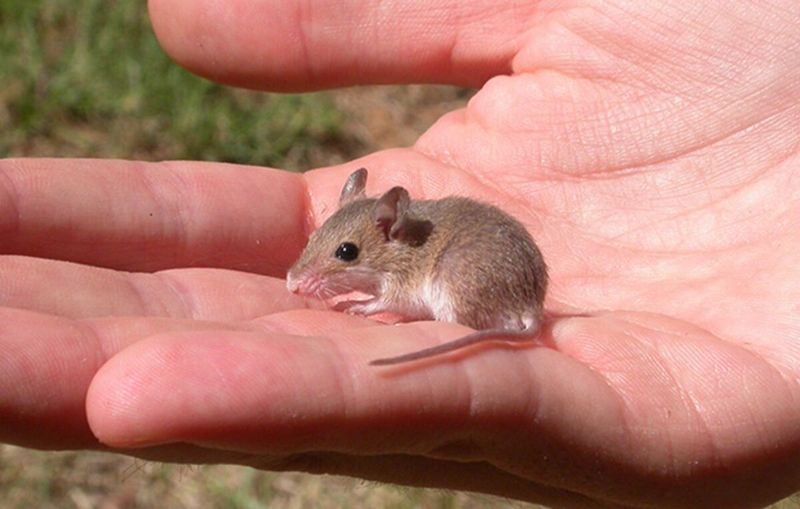
Imagine a mouse so tiny it could sit comfortably on your thumbnail! These micro-mammals are among the smallest rodents in the world, reaching only 1.5-3 inches in length including their tail.
Social butterflies at heart, they thrive in small groups and create intricate tunnel systems in their bedding. Their rapid movements and curious nature make them fascinating to observe in a properly furnished tank.
2. Harvest Mice: Nature’s Acrobats

Barely weighing more than a penny, these nimble climbers use their prehensile tails like a fifth limb to swing through tall grasses. They’re the original inspiration for the computer mouse because of their small size and shape!
Harvest mice build amazing spherical nests suspended among reeds and grasses. With proper climbing toys, they’ll entertain for hours with their gymnastic talents.
3. Roborovski Dwarf Hamsters: Speedy Little Beans
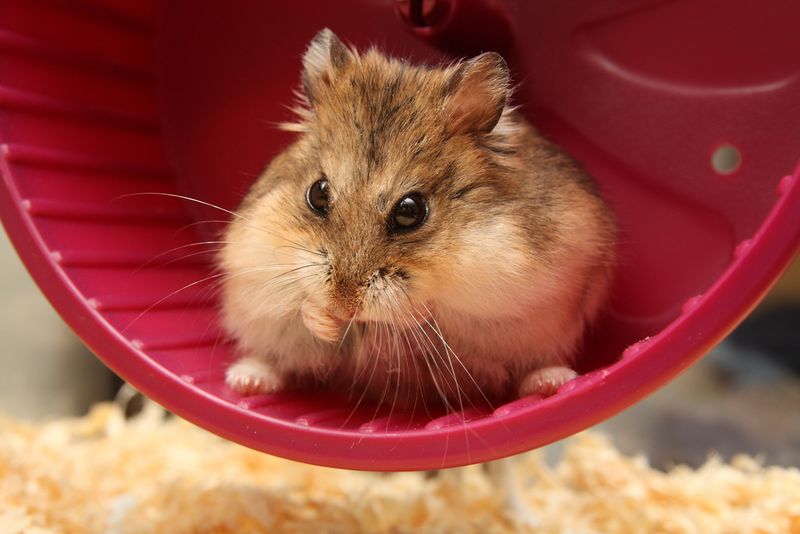
Zoom! These furry bullets hold the title of fastest hamster species, capable of running up to 100 miles a night on their wheels. At just 2 inches long, they pack a lot of energy into a tiny package.
Unlike some other hamster varieties, Robos rarely bite and prefer living in same-sex pairs. Their sandy coloration with white eyebrows gives them an eternally surprised expression that’s impossible not to love.
4. Spiny Mice: The Reptile-Like Rodents
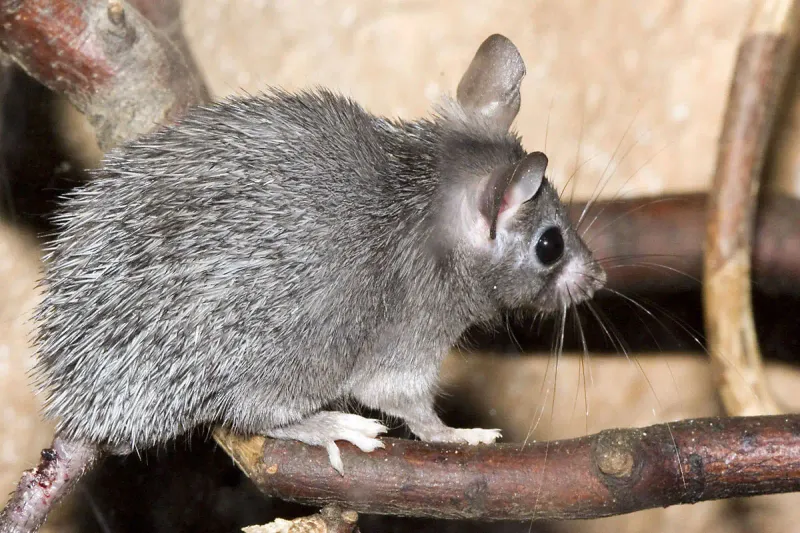
Sporting a coat that feels more like a hedgehog than a mouse, these unique critters have an amazing superpower. When grabbed by predators, they can shed patches of skin like a lizard and escape!
Native to rocky deserts, they’re primarily nocturnal and love climbing on tank decorations. Their regenerative abilities have made them valuable in medical research studying wound healing and tissue regeneration.
5. Zebra Mice: Fashionably Striped Socialites
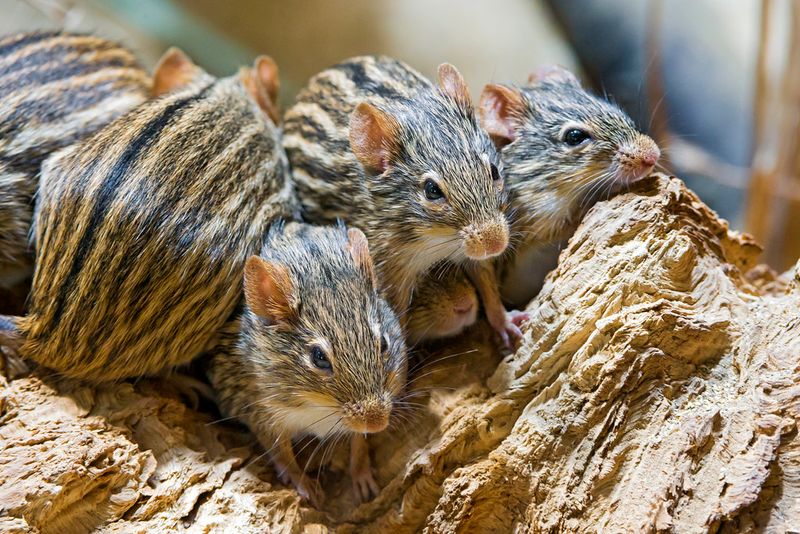
Rocking nature’s coolest pajama pattern, these striped sweethearts are instantly recognizable by their bold black and white markings. The stripes aren’t just for show – they help these mice blend into grassy habitats in their native Africa.
They’re chatty little things, communicating through a series of squeaks, chirps, and foot-thumping. Highly social, they get lonely without friends, so always keep them in small groups.
6. Pygmy Jerboa: Desert-Hopping Oddities
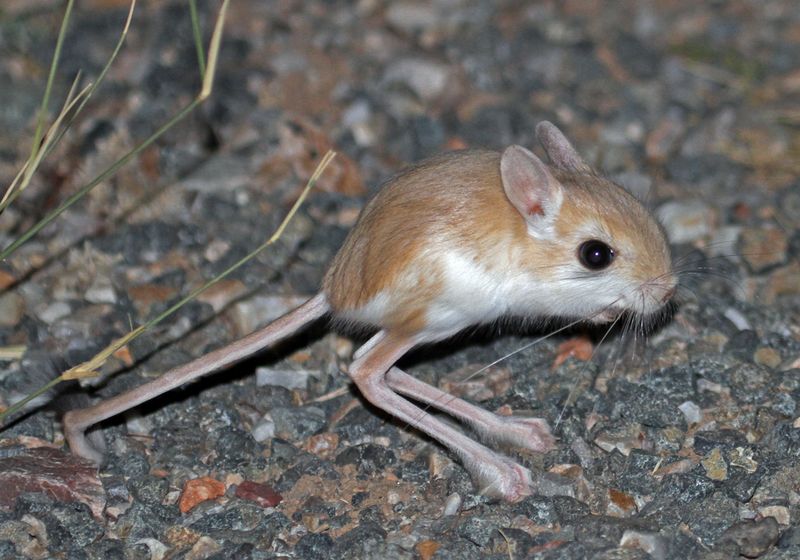
Half kangaroo, half mouse, all adorable! These bizarre little creatures bounce around on massive back legs while sporting a body smaller than your thumb. Their disproportionately long tails help them balance while making their signature hops.
Native to desert regions, they rarely drink water, getting moisture from seeds and plants. Their enormous ears aren’t just cute – they help dissipate heat in their harsh native environments.
7. Multimammate Mice: The Super Moms

Talk about efficient design! These remarkable mice earned their name from having up to 24 nipples—far more than typical rodents. This evolutionary advantage lets them nurse enormous litters of up to 19 babies at once.
Despite their prolific breeding, they make surprisingly engaging pets. Clever and more handleable than many small rodents, they quickly learn to recognize their owners and enjoy gentle interaction through a predictable routine.
8. Desert Hamsters: Sand-Dwelling Cuties

Masters of moisture conservation, these specialized hamsters can go their entire lives without drinking water! Instead, they extract every drop of hydration from the seeds and plants they consume.
Their oversized cheek pouches can store an astonishing amount of food – sometimes half their body weight. At dawn and dusk, they become surprisingly active, digging complex burrow systems that they replicate in captivity with the right bedding depth.
9. Steppe Lemmings: Fluffy Potato Pals
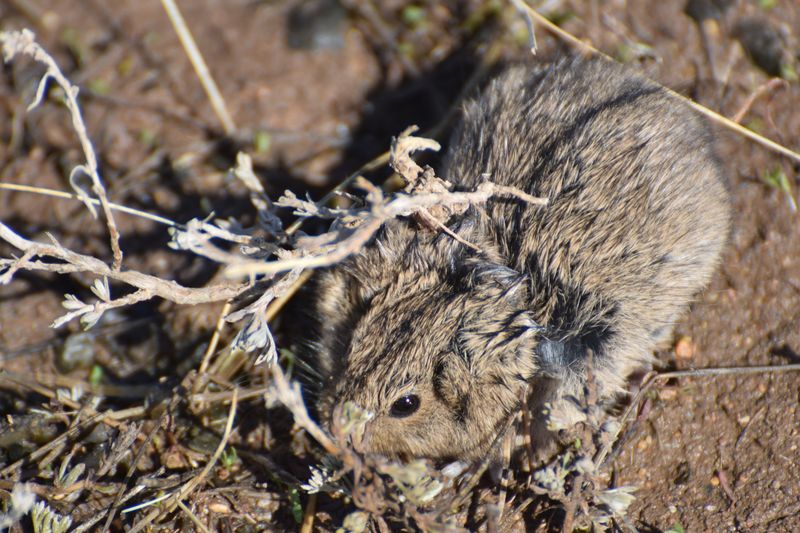
Contrary to popular myths, these round fluffballs don’t hurl themselves off cliffs in mass suicide! Their potato-shaped bodies and short tails make them look like living pompoms scurrying around their habitat.
Famous for their color-changing fur that shifts from brown in summer to white in winter, they’re constantly on the move. Their activity patterns follow a strict 2-3 hour cycle of sleeping and foraging, regardless of day or night.
10. Silky Pocket Mice: Cheek-Stuffing Champions

Imagine having pockets in your face! These adorable critters have external fur-lined pouches on their cheeks that extend all the way back to their shoulders for storing seeds.
Their incredibly soft fur feels like running your finger over fine silk, hence their name. Primarily nocturnal, they build elaborate underground chambers in the wild, with separate areas for sleeping, food storage, and waste.
11. Mongolian Gerbils: Desert-Adapted Socialites
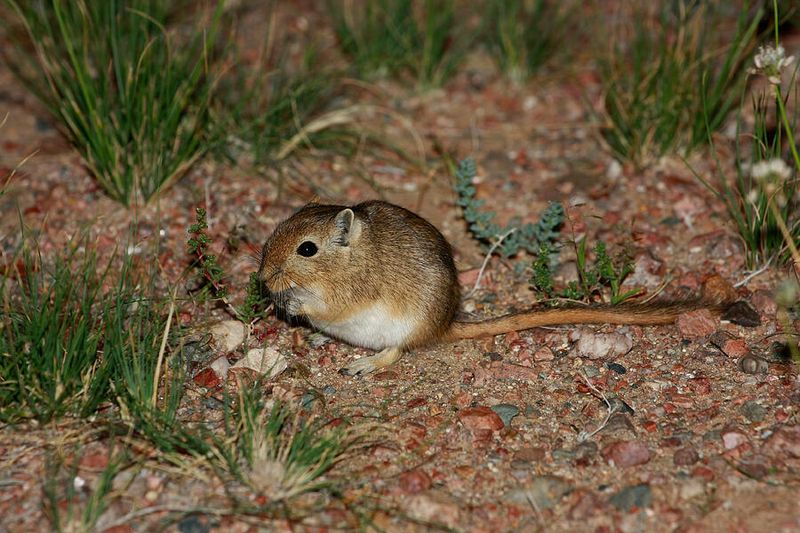
These pint-sized communicators thump their back feet like tiny drummers to warn their friends about danger! Unlike many rodents, they’re naturally active during daylight hours, making them more interactive pets.
Their long tails, used for balance and communication, feature a distinctive black tuft at the end. Social bonds are so important to gerbils that they can become depressed if kept alone, so they’re always best kept in same-sex pairs.
12. Southern Grasshopper Mice: The Carnivorous Howlers
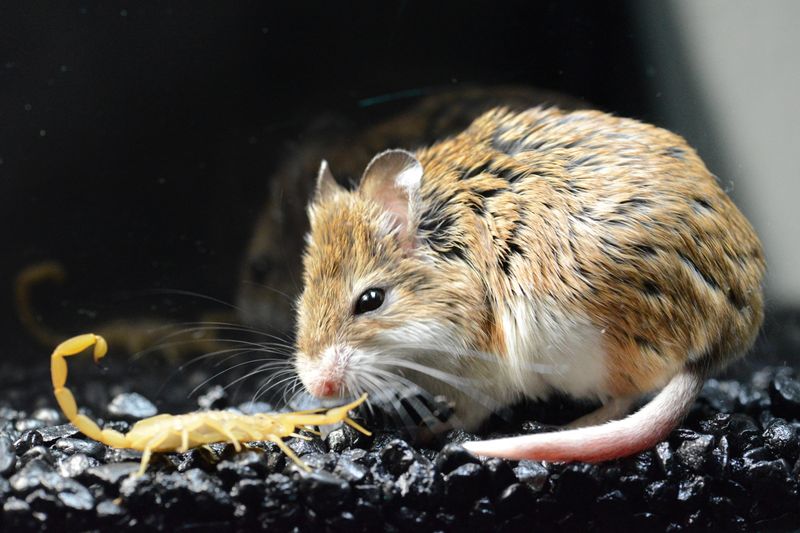
Meet the wolves of the mouse world! These fierce little predators actually howl at the moon, standing on their hind legs to let out high-pitched calls that stake their territory.
Unlike typical mice, they primarily hunt insects, scorpions, and even other mice rather than eating seeds. Their immunity to scorpion venom makes them particularly fascinating – they can shrug off stings that would kill animals many times their size!
13. Eurasian Harvest Dormice: Hibernation Specialists
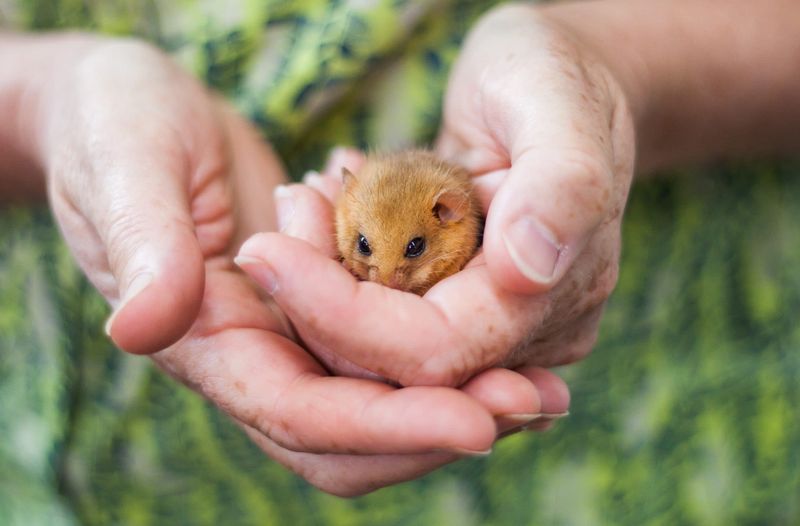
These sleep champions can snooze for up to 7 months straight! With their bright golden-orange fur and bushy tails, they look like miniature squirrels that fit in the palm of your hand.
Masters of the vertical world, they rarely come down to the ground in the wild. Their specially adapted feet can rotate 180 degrees, allowing them to climb down trees headfirst and even hang upside-down while eating.
14. Baluchistan Pygmy Jerboa: Cotton Ball On Springs
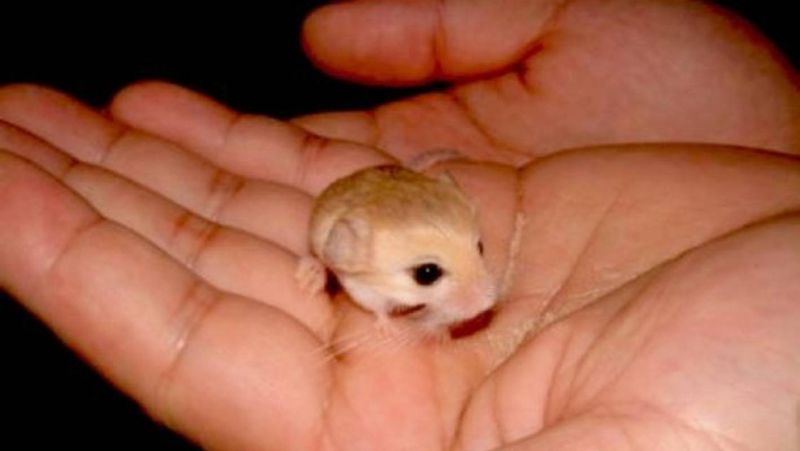
Looking like something straight out of a cartoon, these bizarre creatures have the smallest body of any rodent – about the size of a thumb! Their massive kangaroo-like back legs and long tails make them incredible jumpers despite their tiny size.
Native to desert regions of Pakistan, they conserve water so efficiently they never need to drink. Their enormous ears serve double duty – cooling their bodies in the desert heat and detecting predators from great distances.


